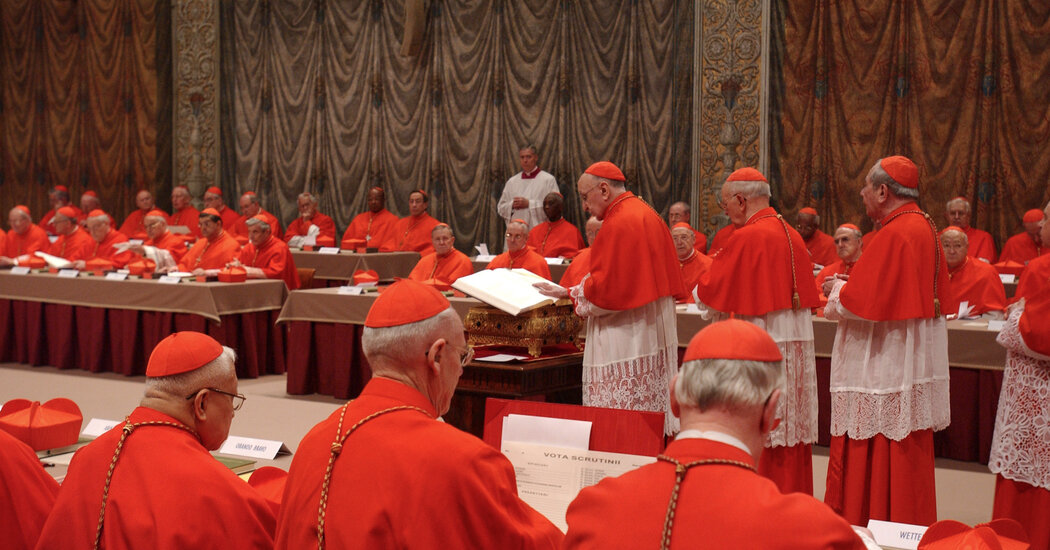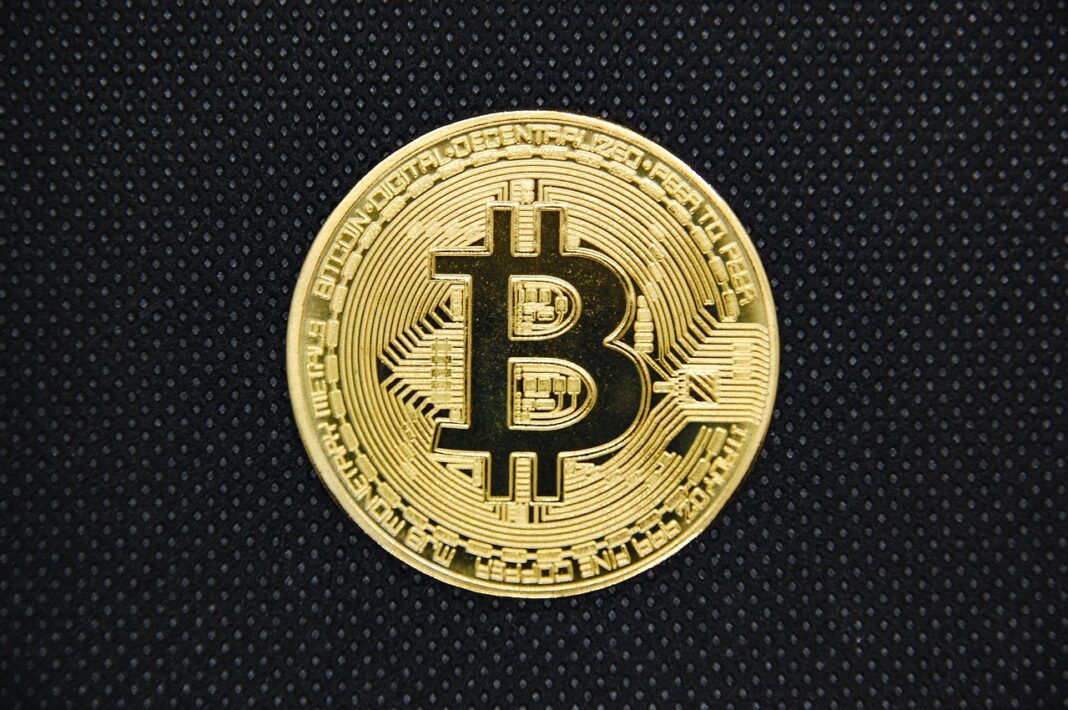Inside the Sistine Chapel, the cardinals are taking an oath following the instructions of Pope John Paul II, in a document governing papal conclaves that he issued in 1996.
The most senior cardinal reads an oath in Latin and the 133 cardinals will read along, promising to follow the prescribed rules. They also pledge that whoever is chosen as the next pope will “commit himself faithfully” to carrying out the mission of St. Peter, the first pontiff, “and will not fail to affirm and defend strenuously the spiritual and temporal rights and the liberty of the Holy See.”
The cardinals also vow that the proceedings — including the voting — will remain secret, unless the new pope says that they can break that vow. Any notes taken during the conclave are supposed to be burned with the paper ballots, which are incinerated up to twice a day.
That said, accounts of the secretive deliberations have sometimes trickled out after the election, and some Vaticanisti, as the Vatican press corps is known, have puzzled together about how some choices may have been made. There have also been cases of “secret diaries” by anonymous cardinals that later became public, as in the case of one recounting the election of Benedict XVI in 2005.
The cardinals also pledge not to be swayed by external influences.
Each cardinal then takes an oath in Latin, placing his hand on the Bible and says, “And I,” stating his name, “do so promise, pledge and swear. So help me God and these Holy Gospels which I touch with my hand.”
Once the last cardinal has taken the oath, Diego Ravelli, the master of papal liturgical celebrations will give the order, “extra omnes,” Latin for “everybody out.” He is one of the few people who gets to stay inside the chapel during the conclave, but not while votes are counted.

